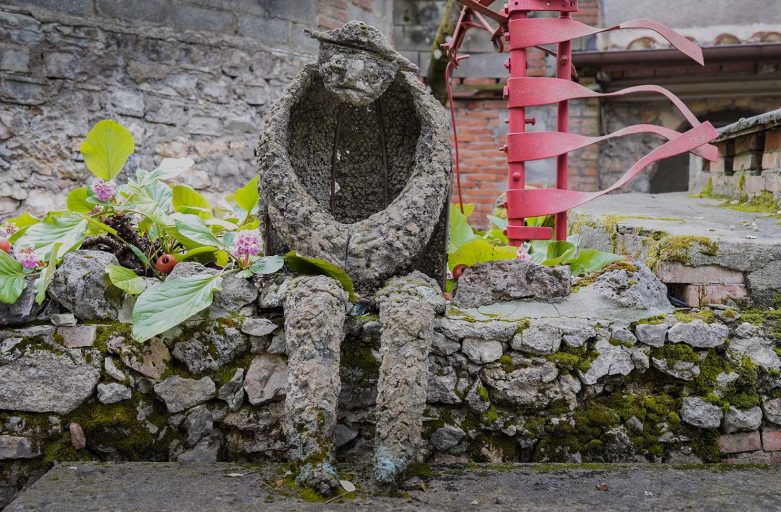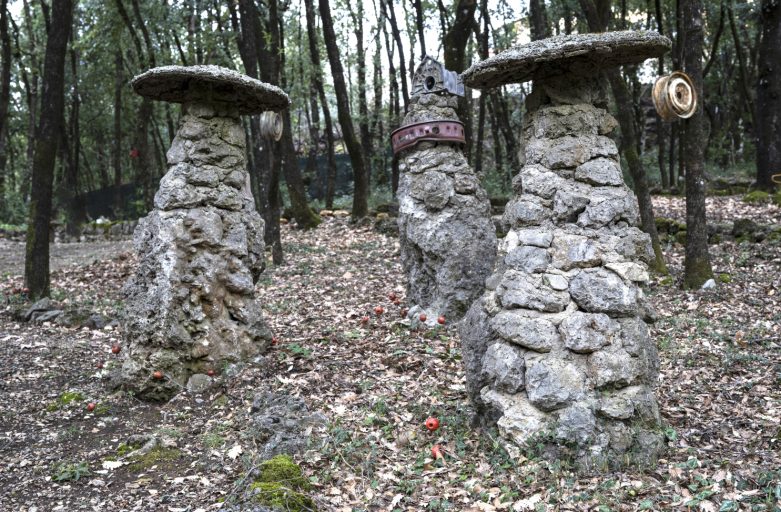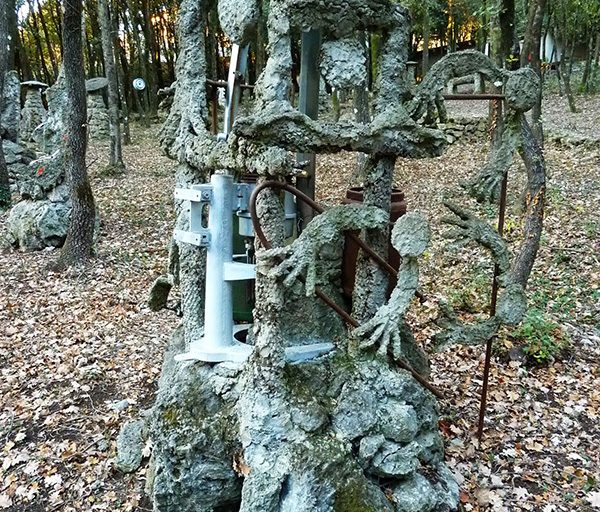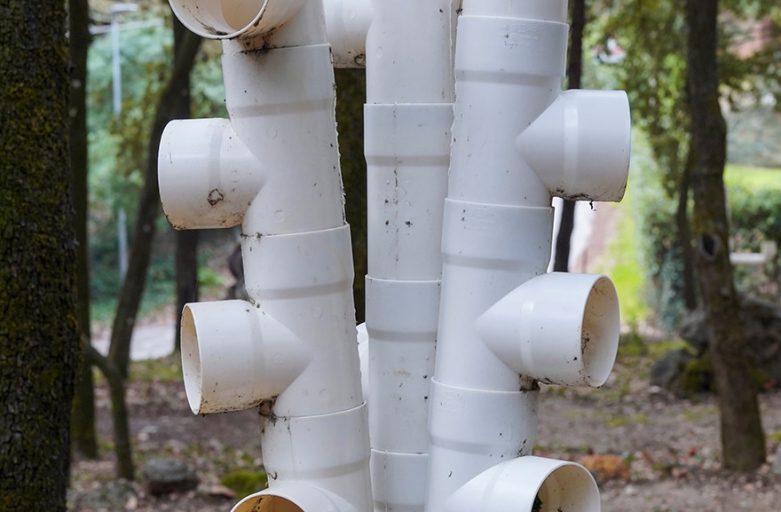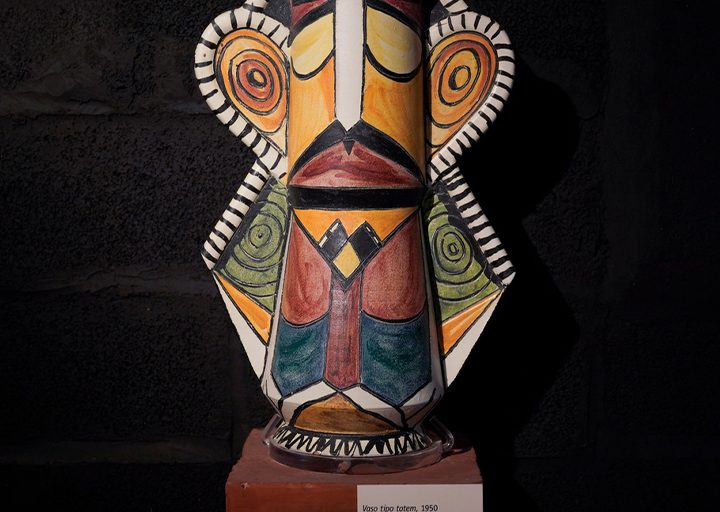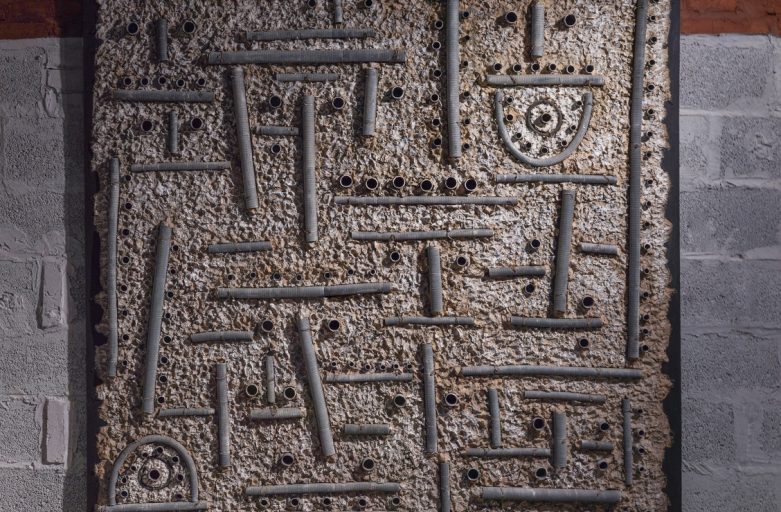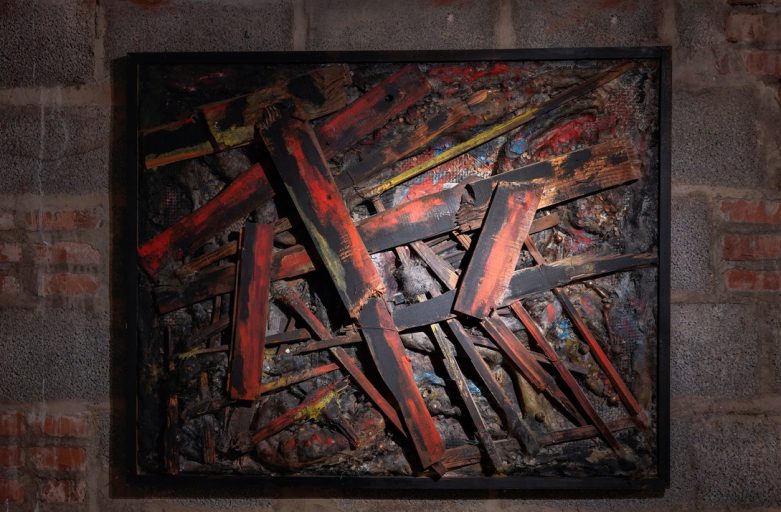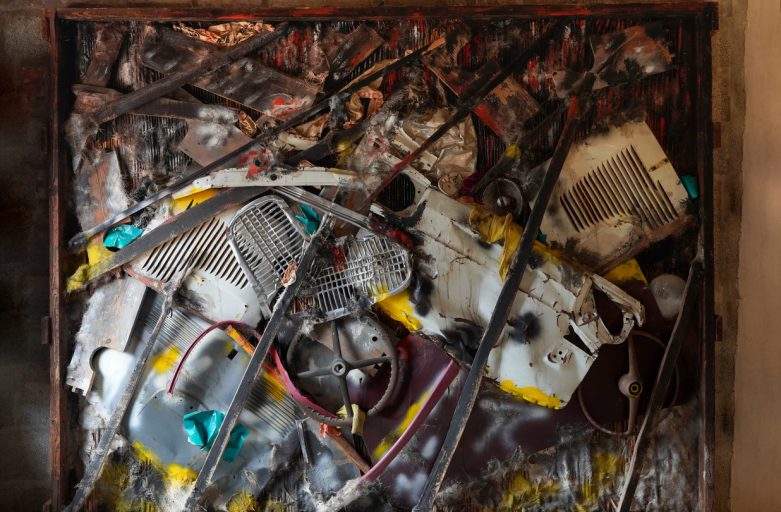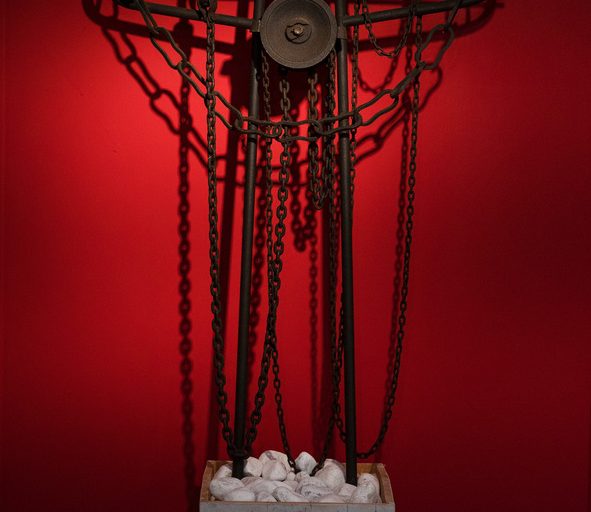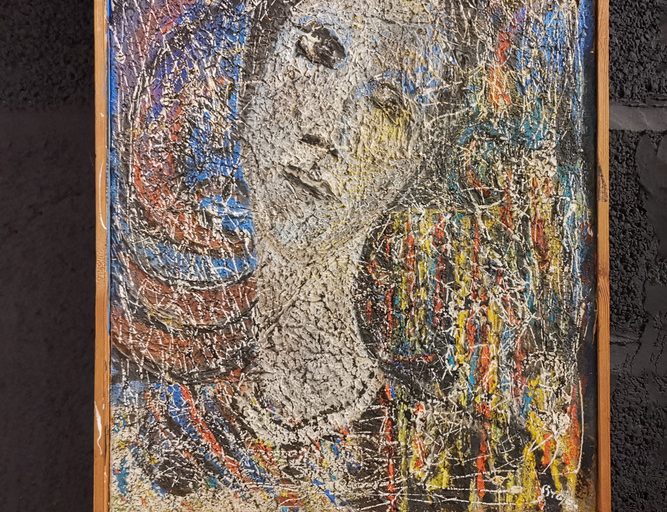Custode (The guardian), 1960
It only takes some concrete and wire mesh to build statues with human features. The artist asks the visitor to take a seat next to the statue and feel free to identify himself with this artwork, in a space suspended between reality and fantasy.
[audio src="/wp-content/uploads/2022/07/ENG_Custode-The-guardian-1960.mp3"]
